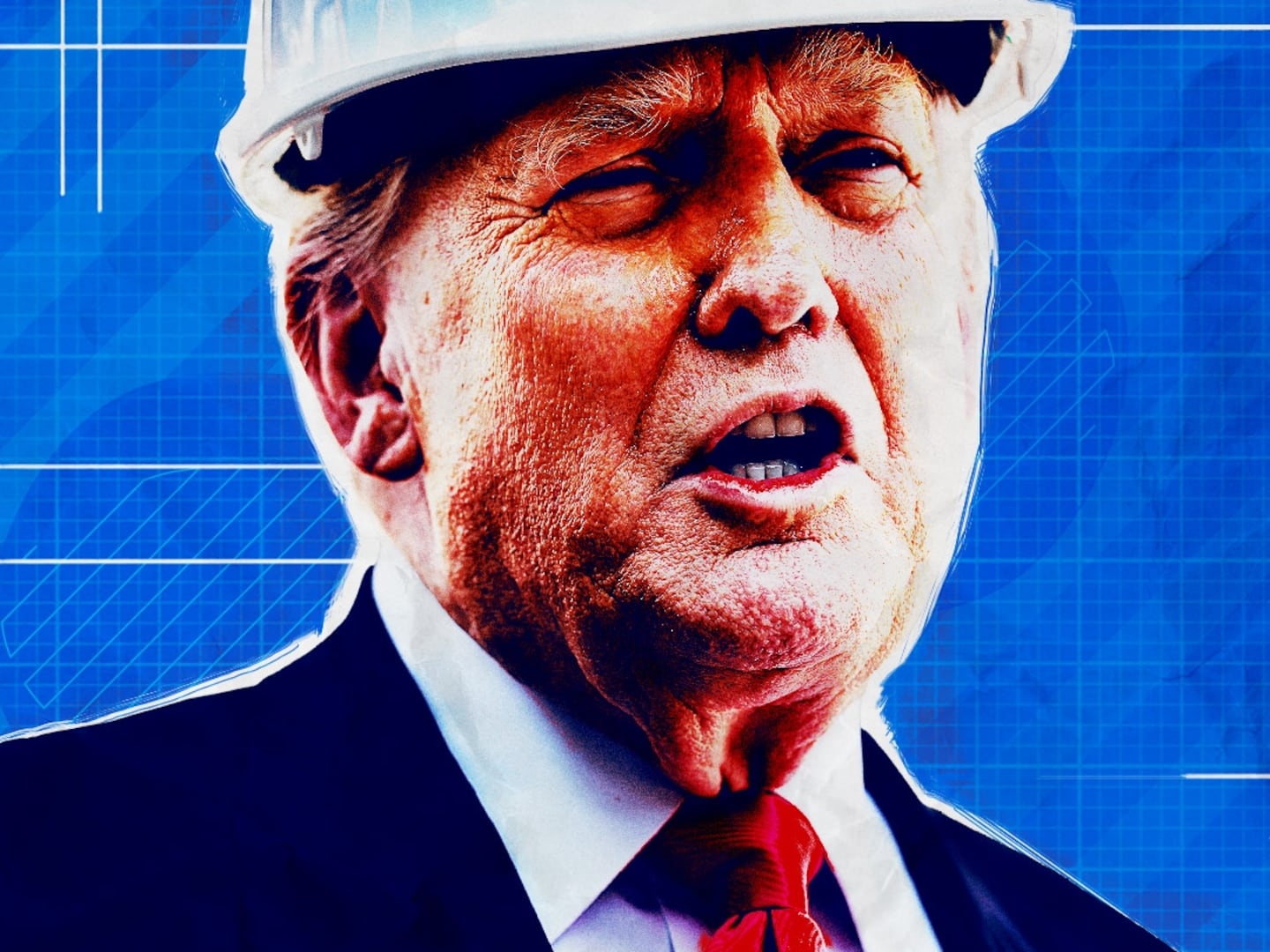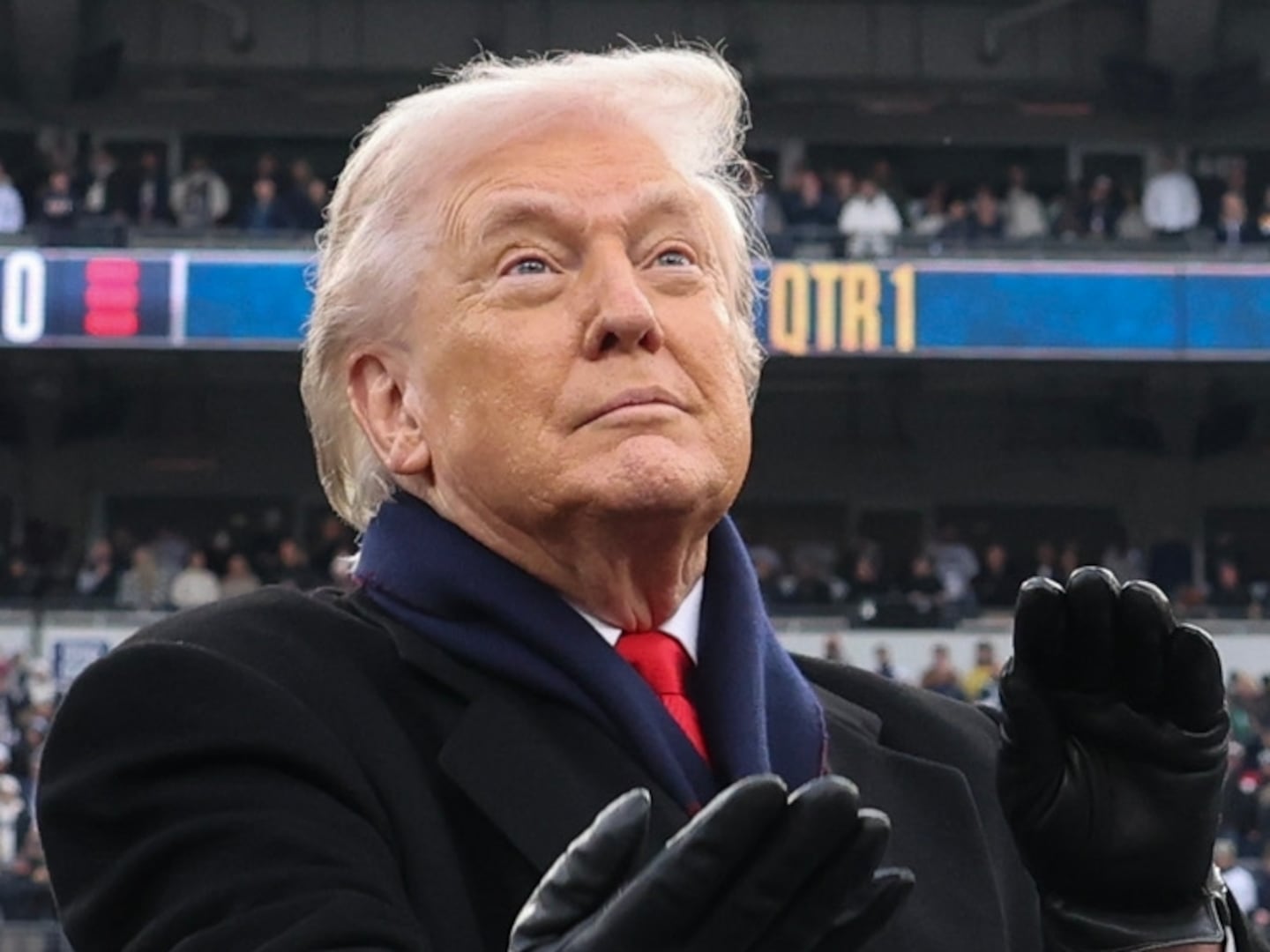President Donald Trump’s sweeping new tariffs sent the stock market plummeting to its worst day since March 2020, but he thinks things are “going very well.”
To illustrate the point that he expects economic pain from his policies to be transitory, he then compared the market contraction to a patient undergoing surgery.
“It’s to be expected,” Trump told reporters aboard Air Force One on Thursday afternoon. “This is a patient that was very sick. We inherited a terrible economy, as you know, with a lot of problems, including loss of manufacturing and plants closed up all over the country.”
“It was a sick patient and went through an operation on Liberation Day,” he said of the economy before flying out to Florida for a golf weekend. “The operation’s over and now we let it settle in.”
Stocks lost about $3 trillion in market value in the largest one-day selloff since the COVID pandemic. The S&P 500 closed in correction territory, down 5 percent. The Dow Jones Industrial Average dropped 1,679 points or 4 percent, and the tech-heavy Nasdaq Composite tumbled 6 percent, dragged down by steep falls in Nvidia, Apple, and Amazon stocks.

The dollar also sank more than 1 percent against the euro, Japanese yen, and Swiss franc, sending The Wall Street Journal Dollar Index down in its worst plunge since 2023.
The last time U.S. markets saw a week this messy was in March 2020, when the stock market had its worst closing since the 2008 financial crisis. At the time, the Dow lost 913 points or 5 percent, the S&P closed down 4 percent, and the Nasdaq composite slid nearly 4 percent.
Trump said his announcement of dizzying new tariffs on “Liberation Day” Wednesday marked the start of the economy’s path to healing. The president introduced a baseline 10 percent tariff on imports from all countries and additional levies as high as 49 percent on about 60 countries deemed by the White House as the “worst offenders” in trade policy.
“The markets are going to boom, the stock is going to boom, the country is going to boom, and the rest of the world wants to see, is there any way they can make a deal?” Trump told reporters Thursday at the White House.
He also sought to assure American businesses that “it’s going to all work out” for them.

“Remember, there are no tariffs if you build your product in the U.S.,” Trump said. “There’s going to be a transition period because they’re going to be building instead of paying tariffs to some other place.”
JPMorgan raised its recession forecast to 60 percent on Thursday, up from 40 percent before Trump’s tariff announcement. The firm’s economists warned that a recession quickly followed the last time tariff rates rose this high—in 1968.
Experts and commentators also ripped the math behind Trump’s tariffs as “absurd.”
Thomas Sampson, an associate professor of economics at the London School of Economics, told the Financial Times that the tariffs had “no economic rationale.”
Wedbush Securities Analyst Dan Ives also sounded the alarm over a “self-inflicted Economic Armageddon.”
“First off, the tariff numbers showed are factually incorrect what other countries charged the U.S.,” he said in an X post. “If a 9th grader in high school presented this tariff chart to a teacher in a basic economics class, the teacher would laugh.”
Paul Krugman, a prominent economics professor at the City University of New York, said Trump had “gone full-on crazy.”
“If you had any hopes that Trump would step back from the brink, this announcement, between the very high tariff rates and the complete falsehoods about what other countries do, should kill them,” he wrote in a blog post.
Chuck Grassley, one of the Senate’s most powerful Republicans, also joined forces with Democratic Sen. Maria Cantwell in introducing a measure that would ensure Congress has a say in the president’s tariff calls.






